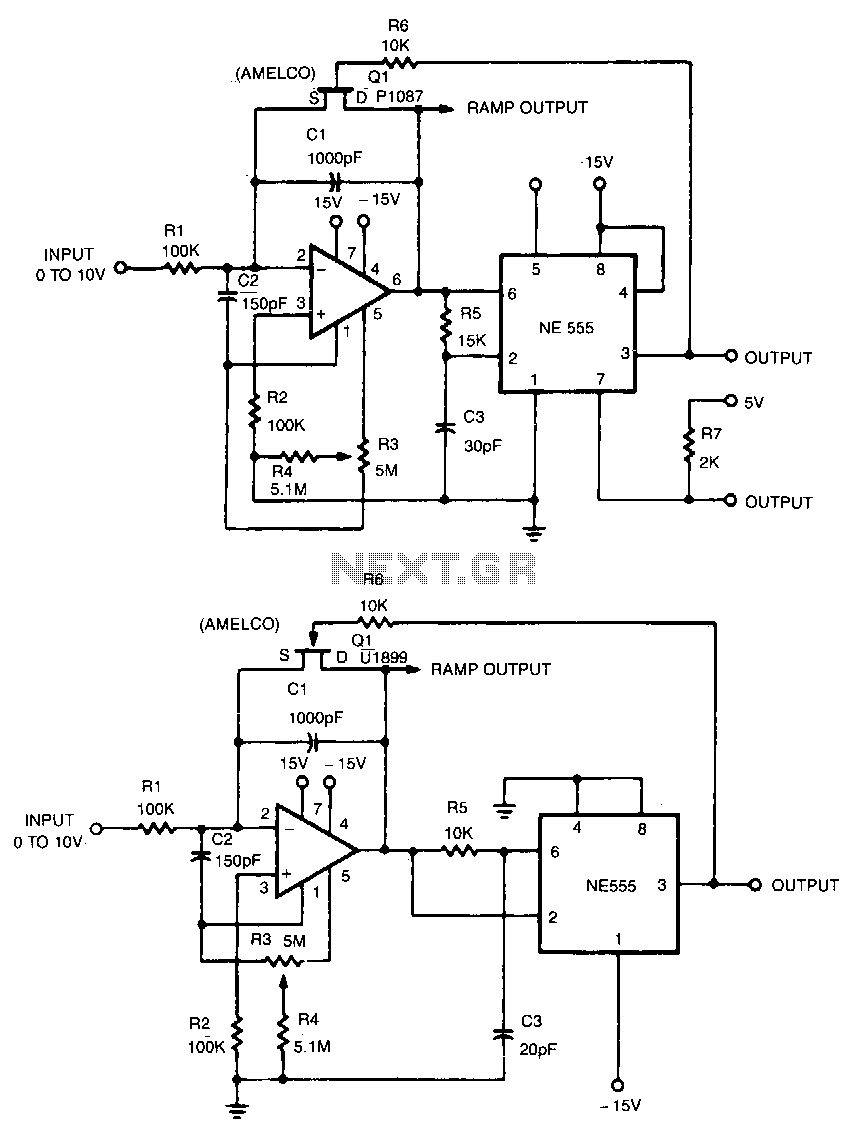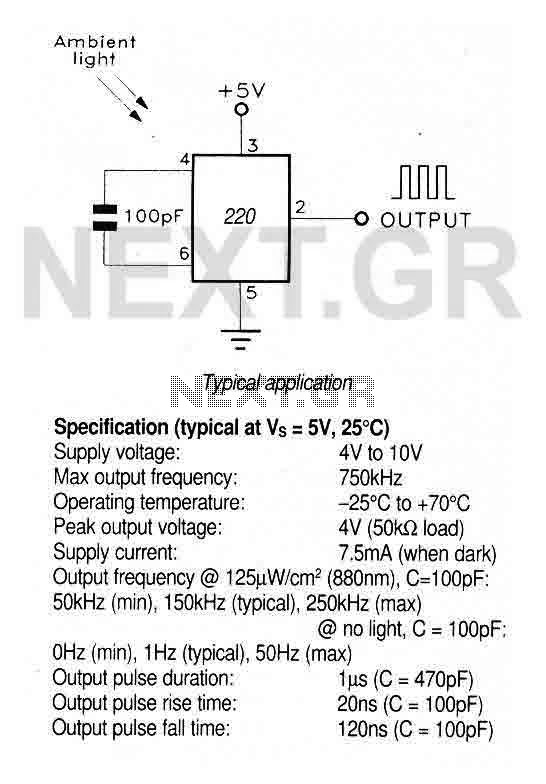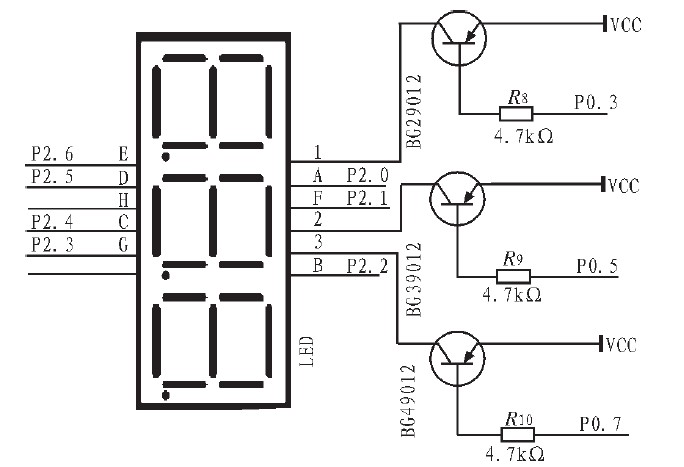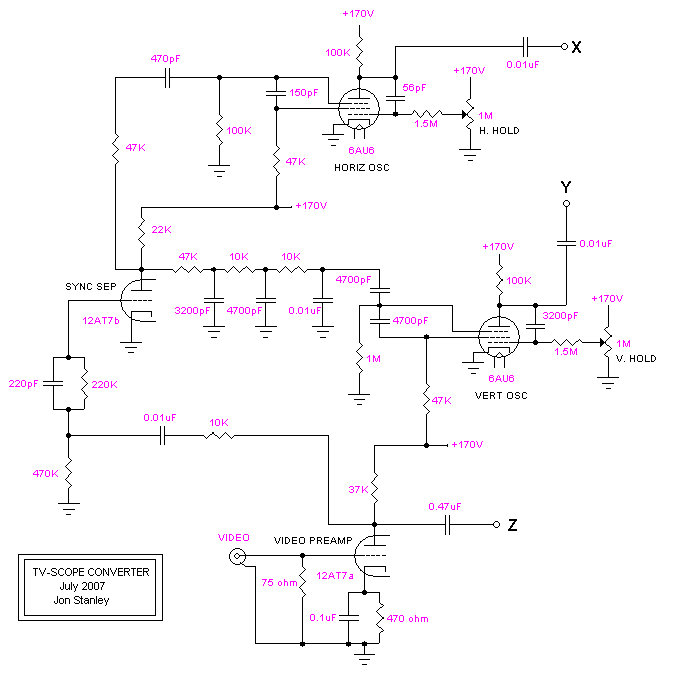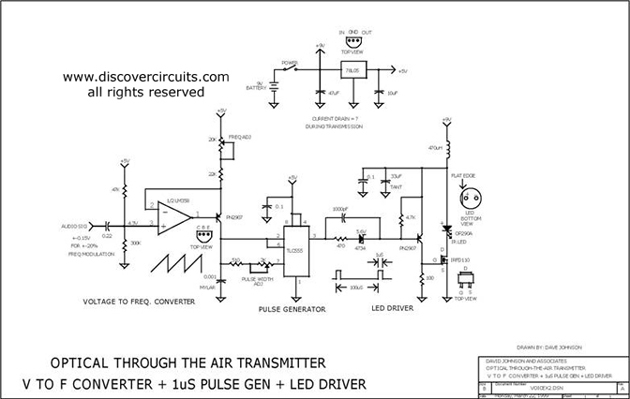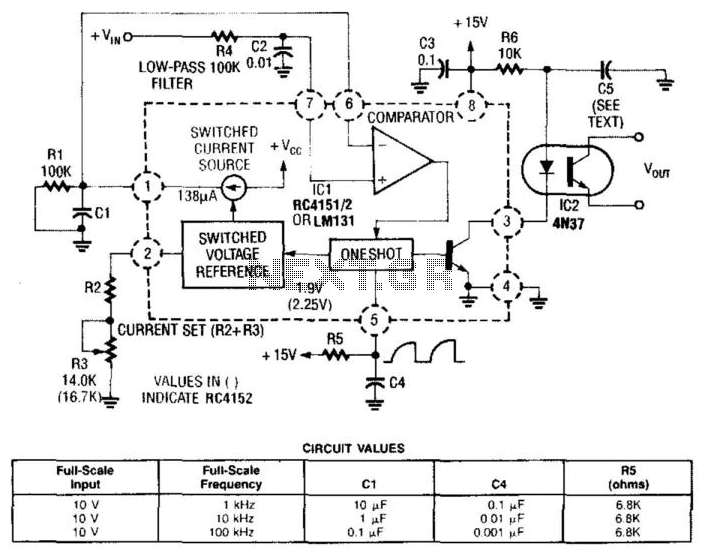
Interlock and connect DC DC converter scheme in parallel
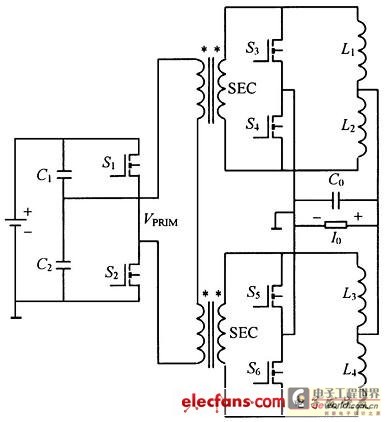
This structure significantly reduces electric current ripple on the filtering capacitance, thereby minimizing the inductive magnitude and overall size of the DC-DC converter. The converter operates at a switching frequency of 100 kHz with an input voltage of 48V. The schematic circuit diagram illustrates a current-doubling commutation for a high-current DC-DC converter designed for undervoltage applications. The primary side employs a symmetrical semi-bridge structure, while the secondary side utilizes a current-doubling commutation structure. When S1 is activated, SR1 must turn off to allow L1 to charge; similarly, SR2 must turn off when S2 is activated for L2 to charge. This configuration allows the inductive current filtering to be transferred to the filtering capacitance, leading to a significant reduction in output current ripple. The control strategy for the switches is depicted in the accompanying diagram. The analysis indicates that the current-doubling commutation superimposes two filtering inductive currents on the filtering capacitance, resulting in a minimal output current ripple. The synchronous rectifier, driven by an auxiliary signal, complicates control but simplifies usage within the semi-bridge topology of current-doubling. The driving signal must be carefully managed, especially during the dead time, to ensure the synchronous rectifier operates correctly. An auxiliary winding is necessary for effective operation in this semi-bridge topology. As illustrated, VSEC represents the voltage on the secondary side of the transformer, while Vgs is the driving voltage for the synchronous rectifier obtained from the auxiliary winding. Even during idle periods, the synchronous rectifier maintains a non-zero driving voltage, ensuring reliable operation. Due to increased voltage drop across the MOSFETs under heavy current conditions, it is advisable to connect multiple MOSFETs in parallel to minimize losses. Overall, the current-doubling commutation of the high-current DC-DC converter for undervoltage applications demonstrates excellent performance characteristics. By integrating parallel connection technology, a new structure is formed, referred to as the parallel-connected high-current DC-DC converter for undervoltage, which further reduces output current ripple. The schematic diagram of this converter, which interlocks and connects in parallel with two current-doubling units, is provided as an example. The primary advantage of this topology is the simplification of the primary side of the voltage transformer, facilitating easier control. Additionally, the implementation of synchronous rectification is essential, as the parallel circuit's interlocking requires alternating upper and lower potentials on the secondary side of the transformer, ensuring one potential is positive while others remain at zero. In this topology, the primary sides of two voltage transformers are connected in series, while the secondary sides are configured in parallel, enhancing overall efficiency and performance.Can reduce the electric current ripple on the Filtering capacitance greatly while adopting this kind of structure, thus has reduced and filtered the size of inductive magnitude and whole DC-DC converter greatly. This kind of converter operates the environment in the switching frequency of input voltage and 100kHz of 48V.
The schematic circuit diagram that the current-doubling commutates the high-current DC-DC converter of undervoltage is shown as in Fig. 1, primary side adopts the structure of symmetrical semi-bridge, secondaly side adopts the current-doubling to commutate the structure, SR1 must end when S1 turns on, L1 charges; SR2 must end when S2 turns on, L2 charges, so filtering inductive current will transplant on the Filtering capacitance and superpose. Fig. 2 provides the control strategy of the switch. Can be found out through the above-mentioned analysis, the current-doubling commutates 2 pieces of filtering inductive current of structural secondaly side to superpose on the Filtering capacitance each other, thus make the output current ripple quite small.
Synchronous rectifier in the structure drive, deal with according to extra signal, make it become it very much complicated not to control, but simple to use in this kind of semi-bridge topological structure of current-doubling since the driving means is very difficult, because in the structure, fetch appropriate the intersection of point and driving signal in synchronous rectifier in circuit directly, , for zero hour, synchronous rectifier will end as the driving signal within Dead Time. In order to use in the semi-bridge topological structure of current-doubling from the driving means, must use the auxiliary winding.
Take single semi-bridge topological structure of current-doubling as examples, see Fig. 3, VSEC is the voltage of secondaly side of the voltage transformer, Vgs for driving voltage of synchronous rectifier that obtain by auxiliary winding, can find out even during the time of the inert zone, the driving voltage of the synchronous rectifier can not be zero either, guarantee it from the application of the driving means in this kind of topological structure. In addition, because MOSFET turns on pressure drop and increases in case of heavy current, thus will produce the greater feed-through to loss, for this reason should adopt a plurality of MOSFET to connect the method in parallel to reduce lossing.
In sum, it has very good characteristics that the current-doubling commutates the high-current DC-DC converter of undervoltage, introduce and mixed with connecting technology in parallel on this basis, form a kind of new structure, called and connected the high-current DC-DC converter of undervoltage in parallel, can further reduce the output current ripple. Fig. 4 interlocks and connects the schematic circuit diagram of the high-current DC-DC converter of undervoltage commutate and interlock to connect in parallel for the example with simplest 2 pieces of current-doubling in parallel.
The advantage of this kind of topological structure maximum is the structure reduction of the primary side of the voltage transformer at first, it becomes very simple to control. Secondly, the realization of this method must adopt the synchronous rectifying circuit, because interlock the realization of the parallel circuit require upper and lower electric potential of secondary of voltage transformer to take turns in order that, there is one as the positive potential within a time quantum, the others are all zero potential.
But in this kind of topological structure, because the primary sides of 2 voltage transformers connect in series together, and the secondary is parallel, so f 🔗 External reference
The schematic circuit diagram that the current-doubling commutates the high-current DC-DC converter of undervoltage is shown as in Fig. 1, primary side adopts the structure of symmetrical semi-bridge, secondaly side adopts the current-doubling to commutate the structure, SR1 must end when S1 turns on, L1 charges; SR2 must end when S2 turns on, L2 charges, so filtering inductive current will transplant on the Filtering capacitance and superpose. Fig. 2 provides the control strategy of the switch. Can be found out through the above-mentioned analysis, the current-doubling commutates 2 pieces of filtering inductive current of structural secondaly side to superpose on the Filtering capacitance each other, thus make the output current ripple quite small.
Synchronous rectifier in the structure drive, deal with according to extra signal, make it become it very much complicated not to control, but simple to use in this kind of semi-bridge topological structure of current-doubling since the driving means is very difficult, because in the structure, fetch appropriate the intersection of point and driving signal in synchronous rectifier in circuit directly, , for zero hour, synchronous rectifier will end as the driving signal within Dead Time. In order to use in the semi-bridge topological structure of current-doubling from the driving means, must use the auxiliary winding.
Take single semi-bridge topological structure of current-doubling as examples, see Fig. 3, VSEC is the voltage of secondaly side of the voltage transformer, Vgs for driving voltage of synchronous rectifier that obtain by auxiliary winding, can find out even during the time of the inert zone, the driving voltage of the synchronous rectifier can not be zero either, guarantee it from the application of the driving means in this kind of topological structure. In addition, because MOSFET turns on pressure drop and increases in case of heavy current, thus will produce the greater feed-through to loss, for this reason should adopt a plurality of MOSFET to connect the method in parallel to reduce lossing.
In sum, it has very good characteristics that the current-doubling commutates the high-current DC-DC converter of undervoltage, introduce and mixed with connecting technology in parallel on this basis, form a kind of new structure, called and connected the high-current DC-DC converter of undervoltage in parallel, can further reduce the output current ripple. Fig. 4 interlocks and connects the schematic circuit diagram of the high-current DC-DC converter of undervoltage commutate and interlock to connect in parallel for the example with simplest 2 pieces of current-doubling in parallel.
The advantage of this kind of topological structure maximum is the structure reduction of the primary side of the voltage transformer at first, it becomes very simple to control. Secondly, the realization of this method must adopt the synchronous rectifying circuit, because interlock the realization of the parallel circuit require upper and lower electric potential of secondary of voltage transformer to take turns in order that, there is one as the positive potential within a time quantum, the others are all zero potential.
But in this kind of topological structure, because the primary sides of 2 voltage transformers connect in series together, and the secondary is parallel, so f 🔗 External reference
Warning: include(partials/cookie-banner.php): Failed to open stream: Permission denied in /var/www/html/nextgr/view-circuit.php on line 713
Warning: include(): Failed opening 'partials/cookie-banner.php' for inclusion (include_path='.:/usr/share/php') in /var/www/html/nextgr/view-circuit.php on line 713
